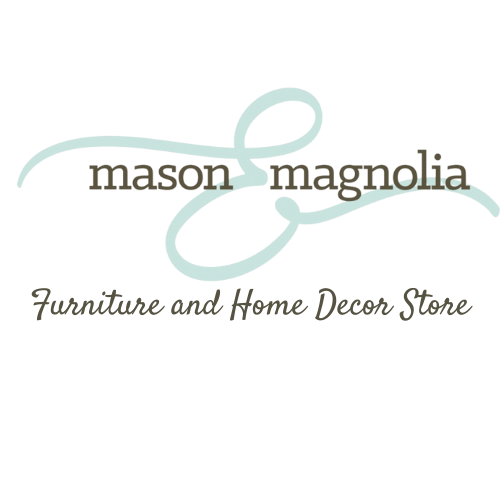Furniture FAQs
-
Modern technology has improved much in the way furniture is produced; modern glues are less susceptible to drying up, modern finishes have greater resistance to marking, and expensive carved molding can be produced for a fraction of the price.
The one thing modern technology hasn't improved is wood. But then again, what's to improve? For hundreds of years, the pure beauty of wood furniture has made for treasured family heirlooms.
Although wood has its beauty, it is far from perfect. It's the nature of wood to have knots, mineral deposits, wormholes and unusual grain patterns. Each piece is as individual as a fingerprint and will take the stain slightly differently - even two boards from the same tree. This is inherent to wood and is not a defect unless it interferes with the product giving satisfactory service.
It should also be remembered that manufacturers, striving to obtain a particular "look", incorporate wood's imperfections and other slight irregularities into the finished product. This is especially true of casual styles like country and colonial. If such production "flaws" are objectionable, then perhaps you should be looking at something more formal.
You may notice a gap in the center leaf of tables or at the ends where half-tops and filler leaves meet. Solid wood will expand and contract due to changing humidity conditions in the home. This is a natural characteristic of solid wood.
-
Dust Regularly with a soft, clean cloth or one slightly moistened with a natural polish. Avoid polishes containing petroleum products, since they damage the finish. Even dust may be abrasive, so always dust with the grain and not across it.
Do not expose your furniture to strong or direct sunlight, heat outlets, open windows and dampness.
Excessive exposure to sunlight can cause fading of your furniture finish. Extreme temperatures and humidity changes can cause cracking and splitting. Operating a humidifier in your home is recommended. Maintaining even humidity conditions is beneficial to all furniture with wood construction.
Do not place rubber or plastic materials on the wood finish. Chemicals within the plastic or rubber may react with the finish if left in contact for a long period of time. Place a strip of felt or cork under your accessories to avoid markings.
Be sure to always use felt discs, placemats (without rubber backing), coasters, etc. when placing lamps, glasses, hot objects, etc. on tabletops.
Despite modern, water-resistant finishes, it is very important that water not be allowed to stand on top of finishes or in decorative router lines.
Commercial glass cleaners may discolor brass or chrome finishes.
For stone surfaces, liquids should be immediately soaked up with a paper towel and wiped dry to avoid any staining.
When storing table leaves, always lay flat, beneath a bed or somewhere out of the way. Standing on end will cause warping.
All wood grains absorb stains differently. Inch by inch, there will always be varying degrees of light and dark tones throughout. This is a characteristic which makes your piece beautifully unique.
Tilting back chairs while sitting in them is dangerous and will loosen the glue joints. This practice should be strictly discouraged! Also avoid standing on chairs and hooking your heels on the cross supports of the chair base. Remember, decorative wood spindles are fragile and will break if subjected to undue stress.
-
Vacuum with soft brush attachment weekly to remove dirt and dust that can cut threads or wear fibers.
All seat cushions should be turned and rotated (if reversible) after every vacuuming (at least every few weeks). This will help stop your cushions from twisting and provide even wear. If twisting does occur, simply open at zipper and pull fabric around by hand. Zippers are there for ease of assembly by the manufacturer. Do not attempt to remove the cover or machine wash.
To successfully clean fabric, it is important to determine the type of fabric and the recommended cleaning code. This information can be found on the tag attached to the furniture. Cleaning Code: W: Use a water-based cleaning agent or foam. S: Use a mild, water-free dry cleaning agent. WS: Either water-based cleaning agent, or a dry cleaning solvent, or foam type cleaner may be used. X: Do not use a foam or liquid cleaner of any type. Vacuum or brush lightly to remove soil. For any type of cleaning, we recommend that a professional upholstery cleaner be contacted. If you have further questions relating to your particular piece of furniture, please contact a Mason & Magnolia sales associate for further information.
-
Pilling is a characteristic of many upholstered fabrics that results in excess fiber coming off the surface of the material. The release of excess fiber results in small "balls" or "pills" forming on the surface of the cover. This condition is not warranted by the fabric mills because it is not seen to be a defect. It is simply excess material being released. This is similar to the "fuzzing" experienced with a new carpet or the pilling of a new sweater. The concern on the part of most consumers is that the fabric is disintegrating and will ultimately leave a "bald" area on the cover. This is not the case. As with carpets and sweaters, the pilling will persist until the excess fiber is gone and then it will cease. The best treatment while this is happening is to simply "shave" the cover with a battery operated furniture or sweater shaver to remove the "pills" and restore the look of the cover surface. This may need to be done three or four times, but the pilling on the surface will begin to diminish and ultimately stop. Periodic vacuuming of your upholstered furniture is also recommended.
